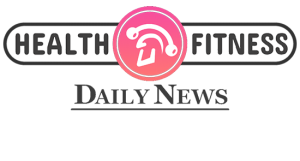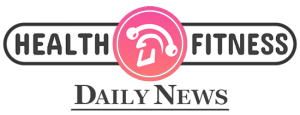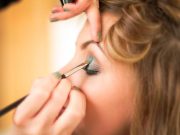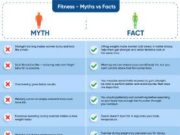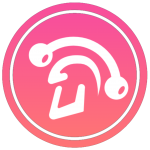In the world of fitness and wellness, where every stride and lift counts, muscle recovery has emerged as a cornerstone of performance enhancement. Enter foam rolling, a deceptively simple tool that has revolutionized the way athletes and casual exercisers alike approach recovery. With its cylindrical form and unassuming appearance, the foam roller is a gateway to relieving tension, enhancing flexibility, and accelerating muscle repair. This article delves into the art and science of foam rolling techniques, offering insights into how this versatile method can become an integral part of your recovery routine. Whether you’re a seasoned athlete or just beginning your fitness journey, mastering these techniques could be the key to unlocking a new level of vitality and resilience.
Unlocking the Secrets of Foam Rolling for Optimal Muscle Recovery
Foam rolling, a self-myofascial release technique, can be a game-changer in your post-workout recovery routine. By applying pressure to specific muscle groups, you can effectively reduce muscle soreness, increase flexibility, and enhance blood circulation. Here are some essential tips to make the most out of your foam rolling sessions:
- Focus on Key Muscle Groups: Target areas like the calves, quads, hamstrings, and upper back to alleviate tension and prevent injury.
- Use the Right Technique: Roll slowly over each muscle group, pausing on tender spots for 20-30 seconds to release tightness.
- Consistency is Key: Incorporate foam rolling into your routine at least 3-4 times a week for optimal results.
- Listen to Your Body: While some discomfort is normal, avoid applying too much pressure to prevent bruising or injury.
By integrating these techniques into your fitness regimen, you can accelerate muscle recovery and enhance overall performance. Remember, patience and consistency are essential for unlocking the full benefits of foam rolling.
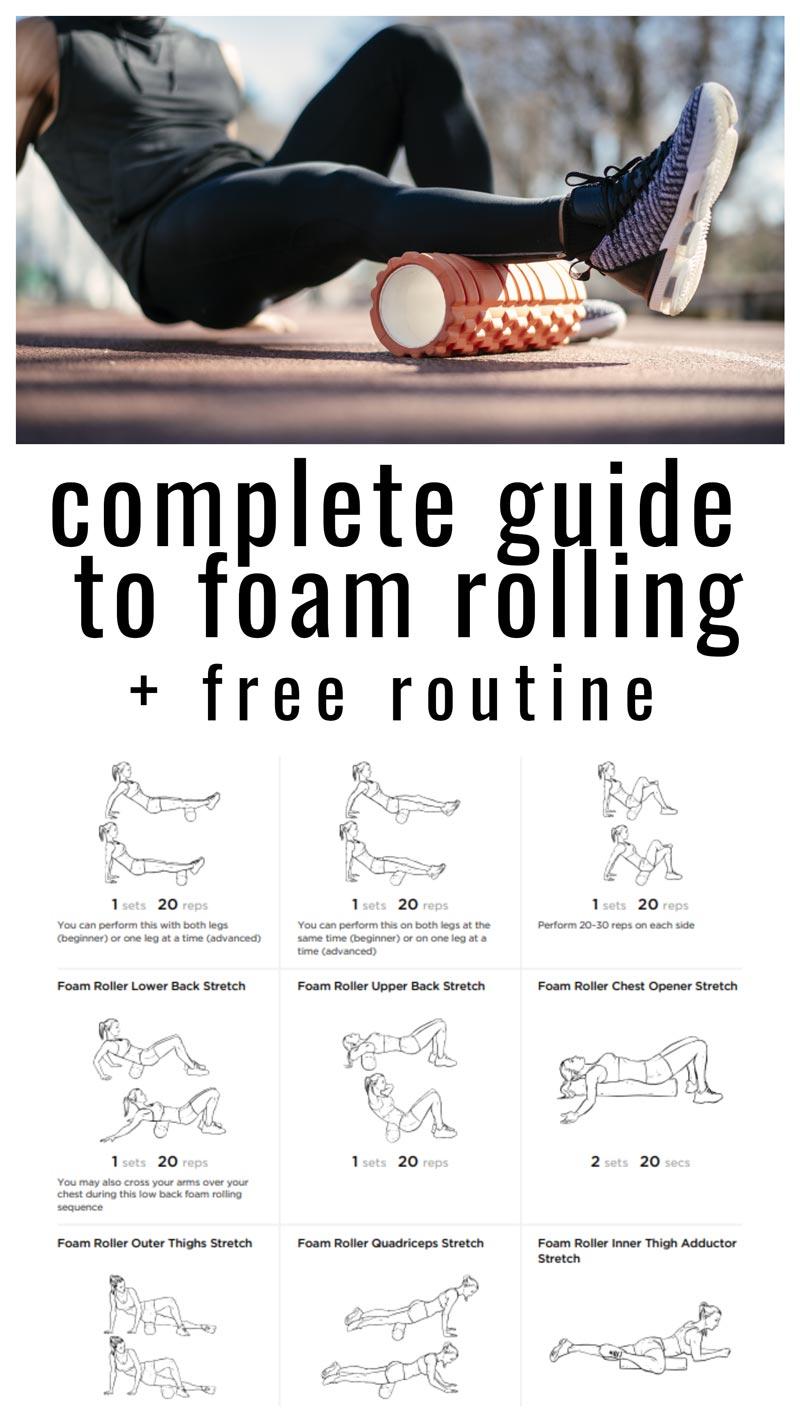
Mastering Pressure and Positioning for Maximum Benefit
Incorporating the right amount of pressure and finding the optimal position can significantly enhance the effectiveness of foam rolling. The key lies in understanding your body’s response to different levels of intensity and adjusting accordingly. Here are some pointers to ensure you maximize your recovery sessions:
- Find Your Sweet Spot: Begin with a gentle pressure and gradually increase it as your muscles start to relax. Listen to your body and avoid any areas that feel too painful.
- Target Trigger Points: These are tight areas within your muscles that may cause discomfort. Applying sustained pressure on these points can release tension and improve flexibility.
- Maintain Proper Alignment: Keep your body aligned to ensure even distribution of pressure. This not only enhances effectiveness but also prevents injury.
- Control Your Breathing: Deep, controlled breaths can help you manage discomfort and facilitate muscle relaxation.
Mastering these techniques will not only improve your muscle recovery but also elevate your overall performance. By fine-tuning your approach, you can unlock the full potential of foam rolling as a powerful tool for rehabilitation and strength building.

Targeted Techniques for Different Muscle Groups
Foam rolling is an art that requires precision and understanding of the body’s unique architecture. Each muscle group has its own set of needs and responses, and mastering these targeted techniques can transform your recovery routine. For the quadriceps, start by positioning the foam roller under your thighs, supporting your weight with your forearms. Roll from the hip to the knee, focusing on any tight spots. This technique not only alleviates tension but also enhances flexibility.
- Calves: Sit on the floor with the foam roller under your calves. Cross one leg over the other to increase pressure, and gently roll from the ankle to the knee.
- Hamstrings: Place the roller beneath your thighs, supporting your body with your hands. Roll from the glutes to the back of the knees, pausing on tender areas.
- Upper Back: Lie on the roller, positioning it beneath your shoulder blades. Cross your arms over your chest and lift your hips, rolling from the top of the shoulders to the middle of the back.
Incorporating these techniques can lead to a more effective and personalized muscle recovery experience. Each session with the foam roller should be tailored to the specific demands of the muscles you’re focusing on, ensuring optimal results.
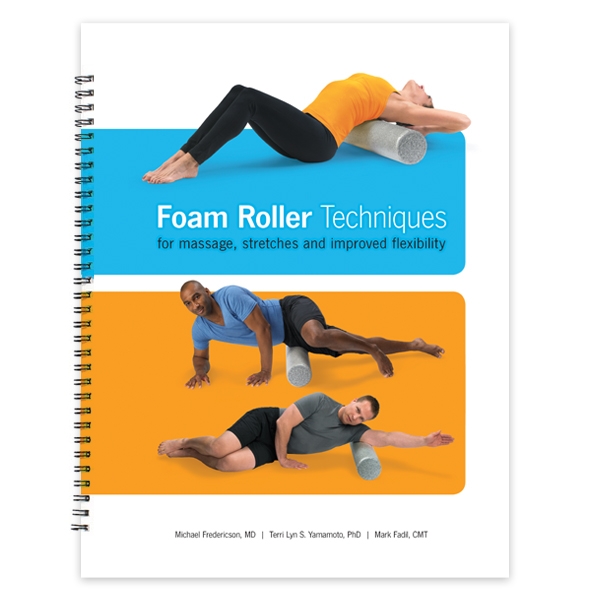
Common Mistakes and How to Avoid Them in Your Routine
Foam rolling is a fantastic tool for muscle recovery, but it’s easy to fall into some common traps that can hinder its effectiveness. One frequent mistake is rolling too quickly over muscles. This can reduce the pressure applied and minimize the benefits. Instead, aim for a slow, controlled movement, spending about 1-2 minutes on each muscle group. Additionally, avoiding sensitive areas is crucial. While it may be tempting to roll directly over painful spots, it can actually lead to increased discomfort. Focus on rolling the surrounding areas to release tension without causing further irritation.
- Avoid over-rolling: Spending excessive time on one area can cause bruising or inflammation. Stick to the recommended time to prevent injury.
- Listen to your body: Pain is not always gain. If a spot is too painful, ease off and try again later with less pressure.
- Incorporate variety: Use different foam roller densities and sizes to target various muscle groups effectively.
By being mindful of these common pitfalls, you can enhance your foam rolling routine, ensuring your muscles recover efficiently and effectively.
